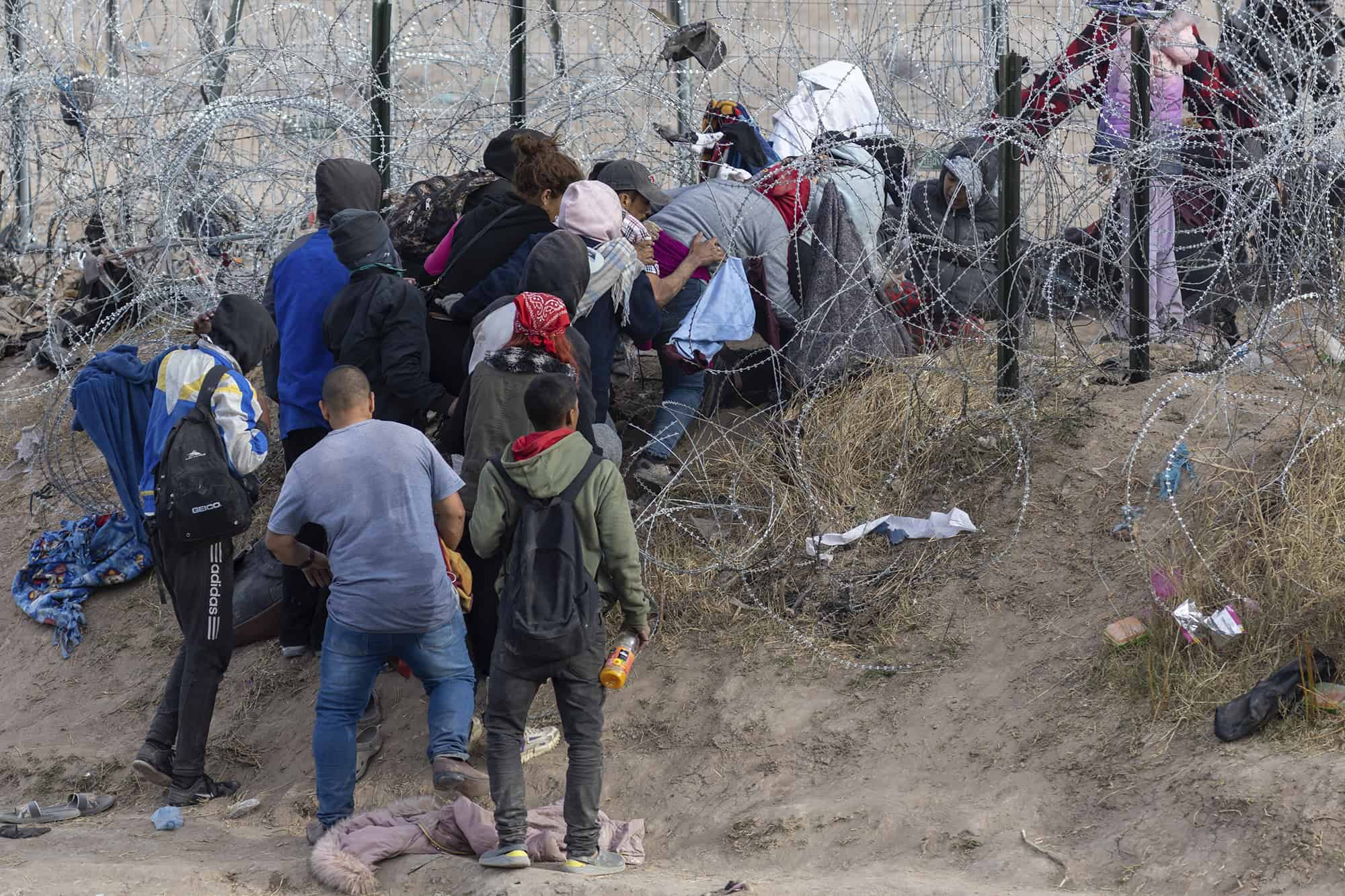Global Migration Soars to Record Highs – Fueling Opportunities and Fierce Debates
In 2023, there was an unprecedented amount of legal migration to the richest countries in the world. The Organization for Economic Cooperation and Development (OECD) reports that last year, almost 6.5 million people traveled to its 38 member nations legally and permanently, an increase of about 10% from the 6 million who did so in 2022. The information comes as the immigration debate heats up, which is helping the right-wing win elections in several nations. Experts contend that the rhetorical justifications frequently ignore the ways in which cross-border migration promotes job creation and economic growth. Additionally, immigrants were essential in accelerating wealthy countries’ recovery from the inflationary pressures brought on by COVID-19.

According to Andrew Geddes, a professor of Migration Studies and the director of the Migration Policy Center at the European University Institute, legal migration is viewed as “an engine of economic growth and as a driver of political division.” “In the long run, the emergence of anti-immigration political forces in important destination nations, most notably the United States, is probably going to result in fewer avenues for lawful migration, causing more conflict within and between countries.” With 1.2 million new legal immigrants in 2023, the US dominated the world, followed by the UK with 750,000. Additionally, around one-third of OECD countries saw their highest-ever immigration rates.
According to Hein de Haas, a sociology professor at the University of Amsterdam, founding member of the International Migration Institute, and author of How Migration Really Works, immigration to OECD member nations has been consistently increasing for decades. According to de Haas, labor shortages for both low- and high-skilled workers have been the primary driver of surges aside from refugee influxes. These shortages, along with immigration numbers, hit all-time highs during the post-Covid “labor crunch.”
The main dilemma governments therefore face is that it is impossible to reconcile the growing demand for labor, the need for business lobbies to open more legal migrant channels, and to turn a blind eye towards the widespread employment and exploitation of undocumented migrants, while at the same time satisfying public demands for less, or more controlled, immigration.” In other words, de Haas says, “governments can’t have their cake and eat it too.”


Comments are closed, but trackbacks and pingbacks are open.